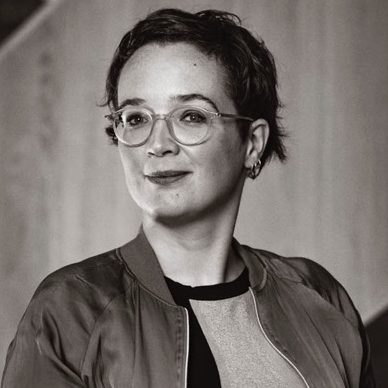Annelies Kusters
Click here to learn more about Annelies Kusters

Maartje De Meulder
Click here to learn more about Maartje De Meulder

Jemina Napier
Click here to learn more about Jemina Napier

Abstract of the keynote session:
This research project looks at the language practices and language ideologies of multilingual deaf/hearing families against the backdrop of wider discourses on sign language. Previous research on family sign language policy has traditionally focused on hearing parents of deaf children not having prior access to sign language and used methods such as surveys and interviews. This line of research mainly focused on language acquisition of deaf babies and young children. The current project is different because it focuses on hearing children above 2 years old who are already bilingual or multilingual using different signed and spoken languages, and are growing up with a mix of deaf and/or hearing (grand)parents.
In this project, we study our own families. In each of the three families, deafness and sign languages are distributed differently. We decided to use this autoethnographic method because FLP is intimate and asks for a deep understanding of family dynamics and contexts. We did not need a long period of immersion first, and are not “strange” researchers coming into previously unknown families.
Our data consist of video recordings in our families, mostly at mealtimes and at story time, and of children’s drawings and language portraits. We also wrote language biographies of our families, kept a diary on language choice decisions, and interviewed each other to elicit explicit language ideologies. This research is thus partially auto-ethnographic because we research our own families, but the video-recorded data is also analysed/elicited by the other researchers in the team, and annotated by three research assistants. This particular combination of methods and team configuration led to insights into family language policy in multilingual deaf-hearing families.
We also studied what happens when different multilingual deaf-hearing families interact intensively on a daily basis by analysing language use during a holiday in India in and between the three abovementioned families together with a fourth family, and how this evolved over the twelve days of the trip (4FLP). We asked: how does intrafamilial FLP (1FLP) at home inform interfamilial FLP (xFLP) on holiday? And how does interfamilial contact on holiday inform intrafamilial FLP during that same holiday?
The data covers practices of language mixing, switching and learning, language brokering, speaking and signspeaking. The findings reveal rich complexities of interfamilial language practices which inform thinking on FLP and multilingualism.